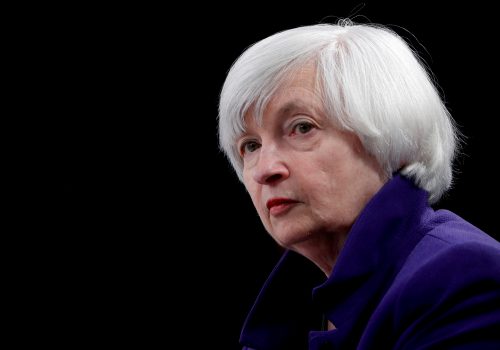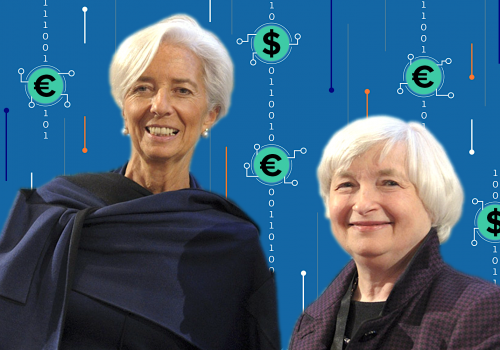The Rise of Central Bank Digital Currencies
What exactly is a Central Bank Digital Currency (CBDC) and how is it different than your credit card? A Central Bank Digital Currency is backed by a government’s central bank, which means they hold the liability, not your private bank. As decentralized digital currencies like bitcoin have become more popular the world’s central banks are beginning to realize they need to get in the game or let the evolution of money pass them by.
In April 2020, China became the first major economy to pilot a digital currency. The People’s Bank of China is aiming for increased domestic use of the digital yuan by the 2022 Winter Olympics in Beijing. We estimate that over RMB 150 million (US$23 million) of the digital yuan is in circulation. The United States lags behind in its own research. However, both Fed Chair Jerome Powell and Secretary Janet Yellen have recently signaled that the US may start moving faster on a digital dollar.
Click on a country below to learn more
Central Bank Digital Currency Progress Map Definitions
Research: Established working groups to explore the use cases, impact, and feasibility of CBDC
Development: Initiated technical build and early testing of CBDC in controlled environments
Pilot: Initiated small-scale testing of CBDC in a real environment with limited number of participants
Launched: Issued CBDC for widespread retail and/or wholesale use
Cancelled: CBDC initiative decommissioned
Retail: The CBDC is available to the general public for all transactions
Wholesale: The CBDC is used by financial institutions for interbank payment transactions and settlements
The ABCs of CBDCs
What is it?
A Central Bank Digital Currency (CBDC) is the digital form of a country’s fiat currency that is also a claim on the central bank. Instead of printing money, the central bank issues electronic coins or account backed by the full faith and credit of the government.
Why is it different than my credit card?
CBDCs are the liability of the central bank, which means the government must maintain reserves and deposits to back it up, rather than a private bank.
But don’t digital currencies already exist?
There are already thousands of virtual currencies, commonly called cryptocurrencies. These could be centralized, but they are not from the government – think of Facebook’s Diem. The fully decentralized version is bitcoin and its competitors. Cryptocurrencies run on distributed-ledger technology, meaning that multiple devices all over the world are constantly verifying the accuracy, not one central hub.
So why would a government get into virtual currencies?
Lots of reasons, depending on the economic situation within a country. Here are just a few according to the IMF: The cost of managing and transferring cash is high and this technology can reduce expenses; financial inclusion means those who are unbanked can get easier and safer access to money on their phone; private companies need competition so they meet transparency standards and limit illicit activity; monetary policy can flow more quickly and seamlessly through CBDCs.
So what’s the downside?
There are several, and each one needs careful consideration before a country launches a CBDC: Citizens could pull too much money out of banks at once and purchase CBDCs, triggering a run on banks; centralizing through the government a system designed to be private may produce a backlash among users and create cybersecurity risks; our regulatory processes are not updated to deal with the new forms of money.
What are the national security implications of a CBDC?
This is a topic we will continue to work on at the Atlantic Council. Right now, the United States is able to monitor and regulate most digital payment flows in dollars all over the world. But new payment systems, if built around the dollar, could limit the ability of policymakers to track cross-border flows. This presents major challenges to the use of sanctions and economic policy tools, especially since countries may try to switch payment systems and avoid detection.
Related Content

At the intersection of economics, finance, and foreign policy, the GeoEconomics Center is a translation hub with the goal of helping shape a better global economic future.


